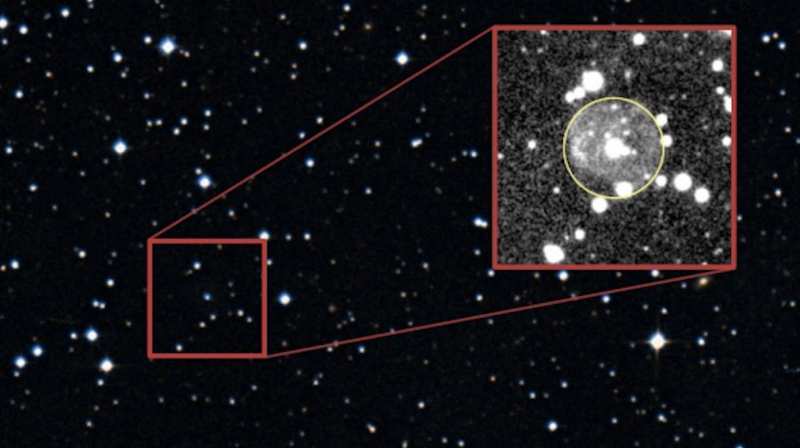
8 new super-hot stars
The Royal Astronomical Society, based in London, said this week (January 9, 2023) that astronomers have pinpointed eight of the hottest stars yet known in our universe. Surprisingly, all have surfaces hotter than 100,000 degrees Celsius (180,000 F). And the hottest has a surface temperature of 180,000 C! That’s in contrast to our sun, which has a surface temperature of about 5,800 C (10,500 F).
The Monthly Notices of the Royal Astronomical Society will publish the new work in its February 2023 issue. You’ll find the preprint online here.
The astronomers were using the Southern African Large Telescope (SALT) to survey helium-rich subdwarf stars. What’s more, these are hot, low-mass stars, thought to have a mass approximately half that of our sun. Also, they’re much dimmer than regular O-type main-sequence stars, which are young and very massive stars. In fact, one theory about helium-rich subdwarfs is that – instead of being young – they are evolved stars, of a type known as white dwarfs.
They are white dwarf stars
Eventually, our sun will become a planet-sized white dwarf star, billions of years from now. That’ll be after the sun’s internal thermonuclear furnace consumes the hydrogen in the sun’s core. That’s because helium-rich subdwarfs are thought to have cores of carbon and oxygen, which are by-products of thermonuclear burning. So in these sorts of stars, the core of the star is thought to be surrounded by a shell in which helium (the 2nd-most-complex element after hydrogen) is burning. And astronomers believe helium-rich subdwarfs consist of between 50 to 100% helium, as evidenced by their spectra.
One of the newly identified super-hot stars is in a place where you would indeed expect to find a white dwarf. It appears to be the central star of a newly discovered planetary nebula, which is a vast shell of gas around an evolved star, formed from the layers of gas that have sloughed off the star. This super-hot star’s planetary nebula appears to be about a light-year wide.
2 of the 8 are variable stars
Additionally, two of the other newly discovered hot stars are pulsating stars, or variable stars.
The astronomers’ statement explained:
All of these stars are at an advanced stage of their life cycle and are approaching the end of their lives as white dwarfs. Due to their extremely high temperatures, each of these new discoveries is more than one hundred times brighter than the sun, which is considered unusual for white dwarf stars.

Shedding light on how stars evolve
The fact is, white dwarfs are the densest stars in existence that consist of normal matter. And pre-white dwarfs are a few times bigger and will shrink to become white dwarfs within a few thousand years.
Simon Jeffery, an astronomer at the Armagh Observatory and Planetarium, who led the research, said:
Stars with effective temperatures of 100,000 degrees Celsius or higher are incredibly rare. It was a real surprise to find so many of these stars in our survey. These discoveries will help to increase our understanding of the late stages of stellar evolution.
Bottom line: An international team of astronomers – using a telescope in South Africa – have discovered 8 new super-hot stars.
Source: Hot white dwarfs and pre-white dwarfs discovered with SALT











